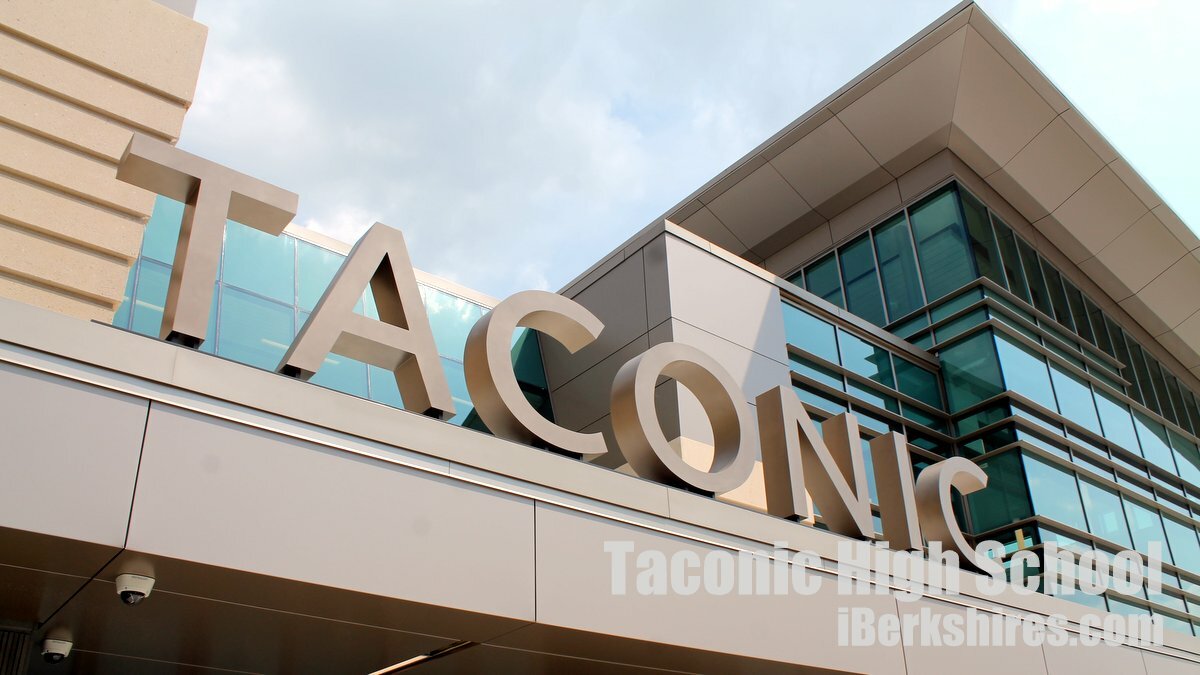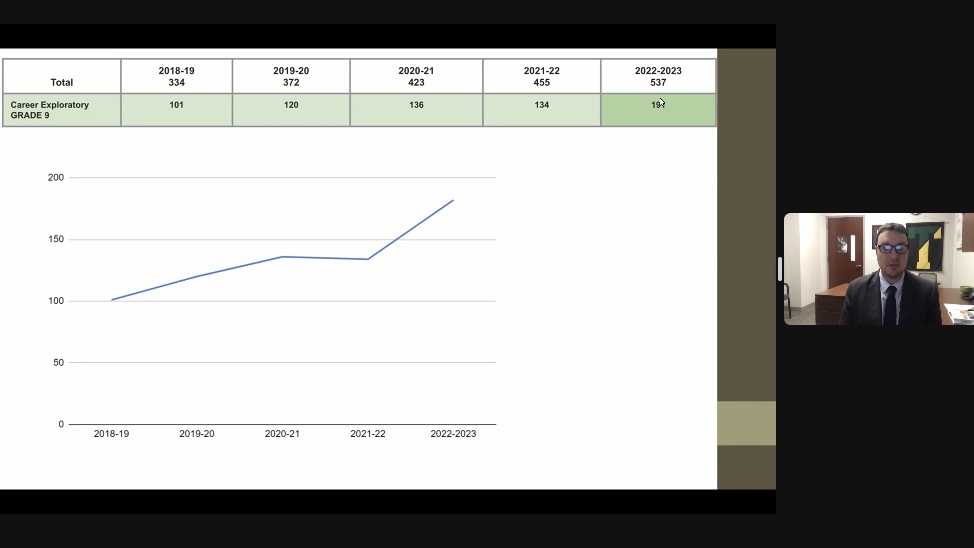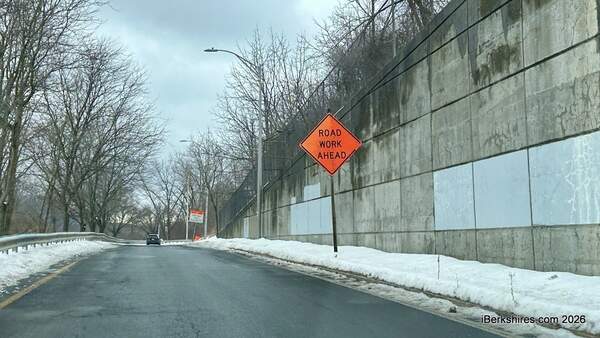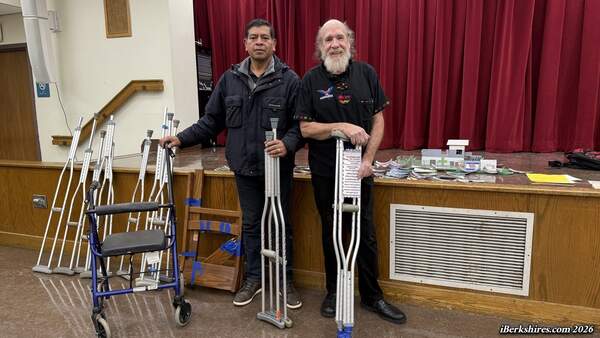
Vote on Taconic High's Vocational Status Set for January

PITTSFIELD, Mass. — A possible vote to begin Taconic High's transition to an all-vocational institution is in the near future.
On Monday, district administrators revealed that they plan to put this on the School Committee's agenda in January. If the panel is in favor, Taconic will only accept Career Technical Education (CTE) students in the fall of 2023 and, by the fall of 2027, will be all vocational.
The proposal is fueled by a growing demand for vocational education at Taconic that is outnumbering non-CTE students. This is a situation that the school hoped to have after unveiling the new $120 million facility in 2018.
"Where we're at right now is that we are growing out of our capacity to serve all of our secondary students who want CTE and effectively program for those who don't," Principal Matthew Bishop said.
"As our CTE population gets bigger and bigger and bigger, we're running out of physical space and as our non-CTE program gets smaller, it's more and more difficult to give them the wide range of classes and electives they need to have an effective program."
Over the past four years, Taconic has increased its vocational students by almost 330. Right now, there are almost 600 CTE students and around 240 non-CTE students.
"So we're struggling," Bishop said. "We're having trouble meeting everyone's needs."
Making the school all vocational has been a conversation for around two years and an official recommendation was made in March. Over the summer, administrators continued this conversation with the School Committee and it was said the transition would allow Pittsfield High School students to have more scheduling choices and balance its shrinking class sizes.
Traditionally, all students who went to Herberg Middle School moved on to PHS and all of the students from Reid Middle School went to Taconic. With one all-vocational high school, students will go to their designated middle schools and then be directed to one of the high schools based on their desired path.
Herberg students who wanted to take vocational education could apply to Taconic but were often given less of a chance to get into the program than Reid students because they were already going to the high school.
The interdistrict transfer request was eliminated in the last school year because of this and enrollments soared, though it did not eliminate the space issue that led to this proposal.
Dialogue on the proposal has involved debunking myths about vocational education and changing the conversation about post-high school options for students.
"Career and technical education is academic, it's technical, and it's real-world knowledge and skills," Bishop said, adding that it is also centered around personalized hands-on learning and includes college and career options.
Assistant Superintendent for College and Career Readiness Tammy Gage said parents and students have seen value in vocational education as a potential track to college, as they would leave high school with industry credentials training that is required to secure "well paying, meaningful, employment."
The Hechinger Report, a nonprofit newsroom focusing on innovation and education, found that about half of all vocational students go on to college and that voc-ed students are less likely to drop out.
There are 13 and counting pathways students can take while being supported by 150 program advisory members made up of industry professionals and leaders, higher education, union representation, parents, and students.
Gage reported that 100 percent of 2020 and 2021 CTE graduates entered employment, advanced training, the military, or college. These outcomes were vetted by the Department of Labor wage records and higher education admissions data.
"We are very proud of that statistic because it speaks to the partnerships our students have with the school community and with our employers and higher education," she said.
Superintendent Joseph Curtis said district leaders plan to place this topic on the School Committee's agenda in January when there will be a public discussion ultimately followed by a vote.
"Our goal is to ensure that every high school student has an opportunity to earn credentials, college credits, and acquire the skills and knowledge necessary to graduate and successfully transition into productive employment, college technical school, or an apprenticeship or pathway of their choice," he explained.
"This would allow for that. Currently, if we kept the current structure in place, there would be most likely students that would be interested in CTE could not participate because of capacity issues."
Curtis said the "most important thing" for members of the community to do now is be very vocal about their opinions on the direction that the Pittsfield Public Schools should take. The district wants to hear from as many people as possible.
He reported that there has not been an abundance of feedback so far despite a number of community outreach events, a couple of radio shows, and discussions in public meetings.
"So far, the public has not been very vocal about it," he said. "And that's why we continue these outreach events right up until the vote is taken by the school committee itself."
Tags: Taconic High, vocational program,















